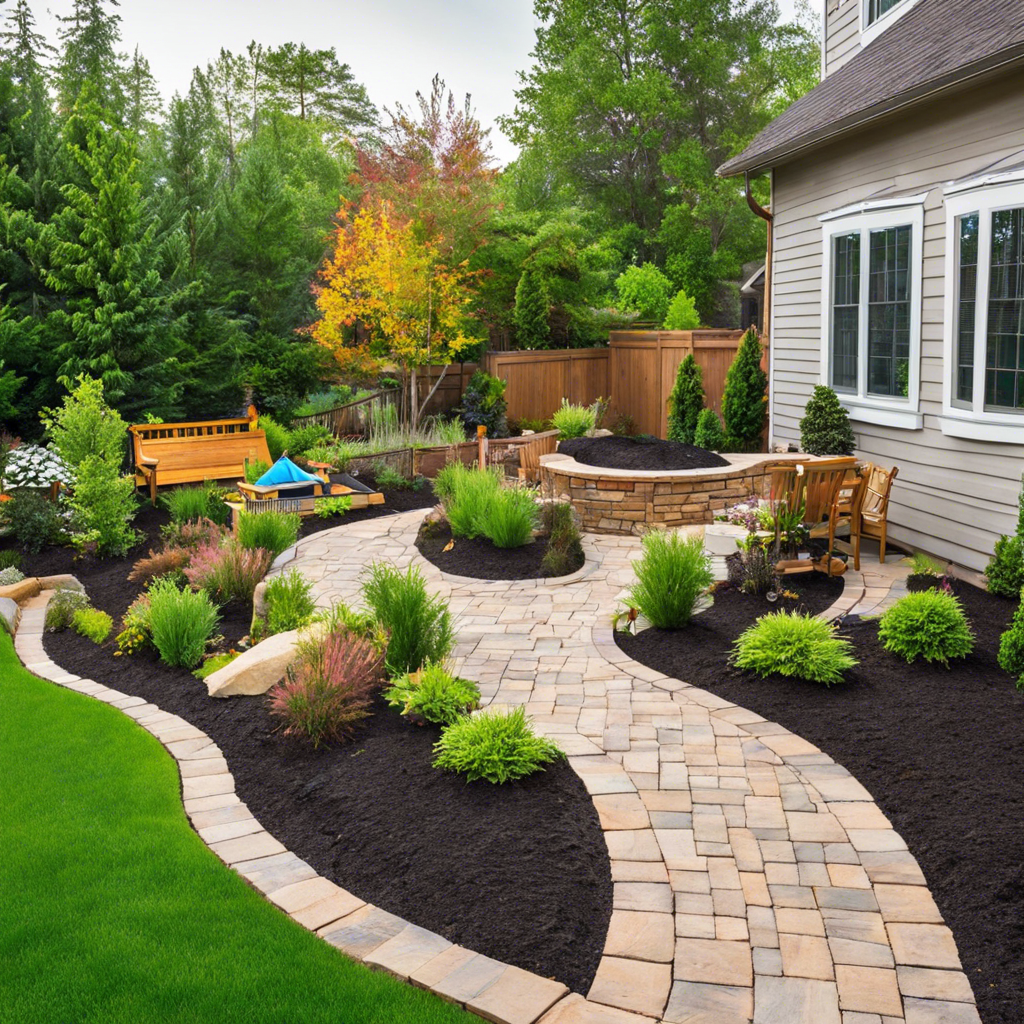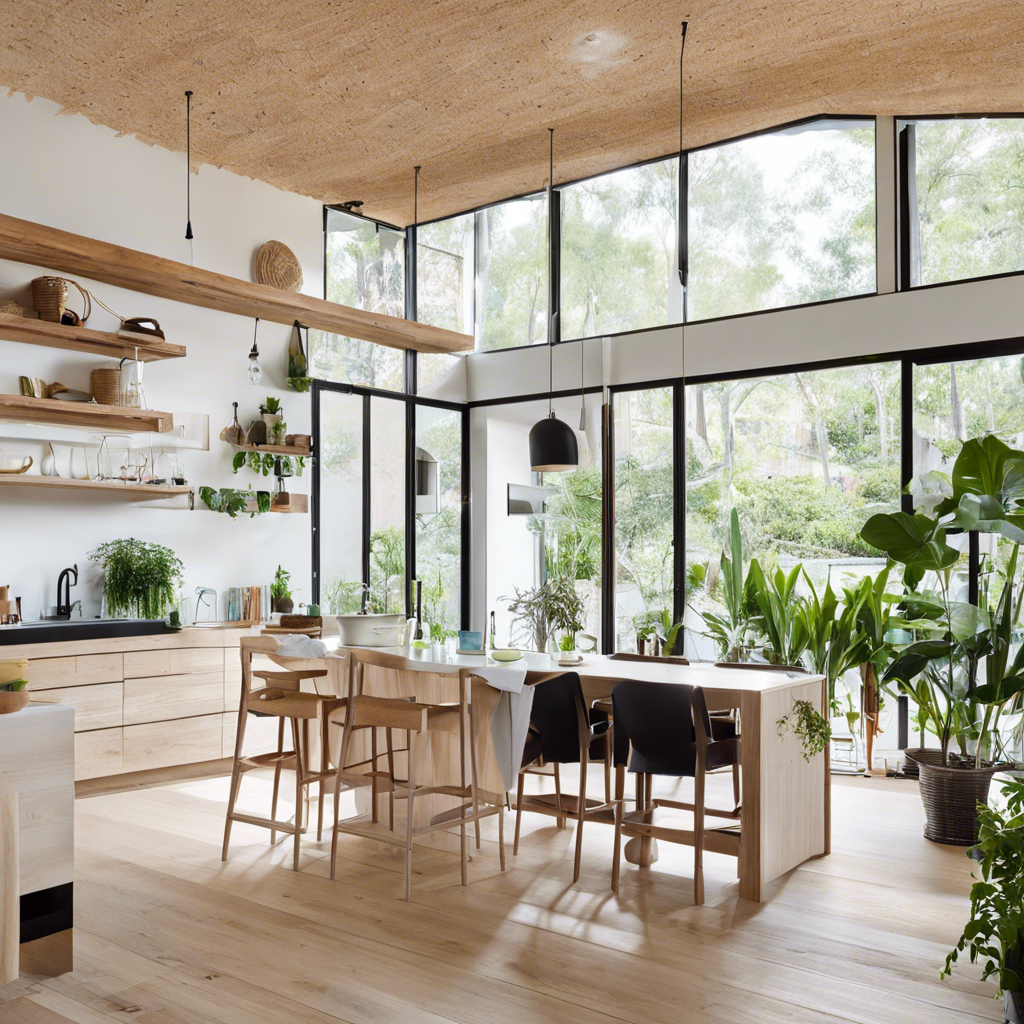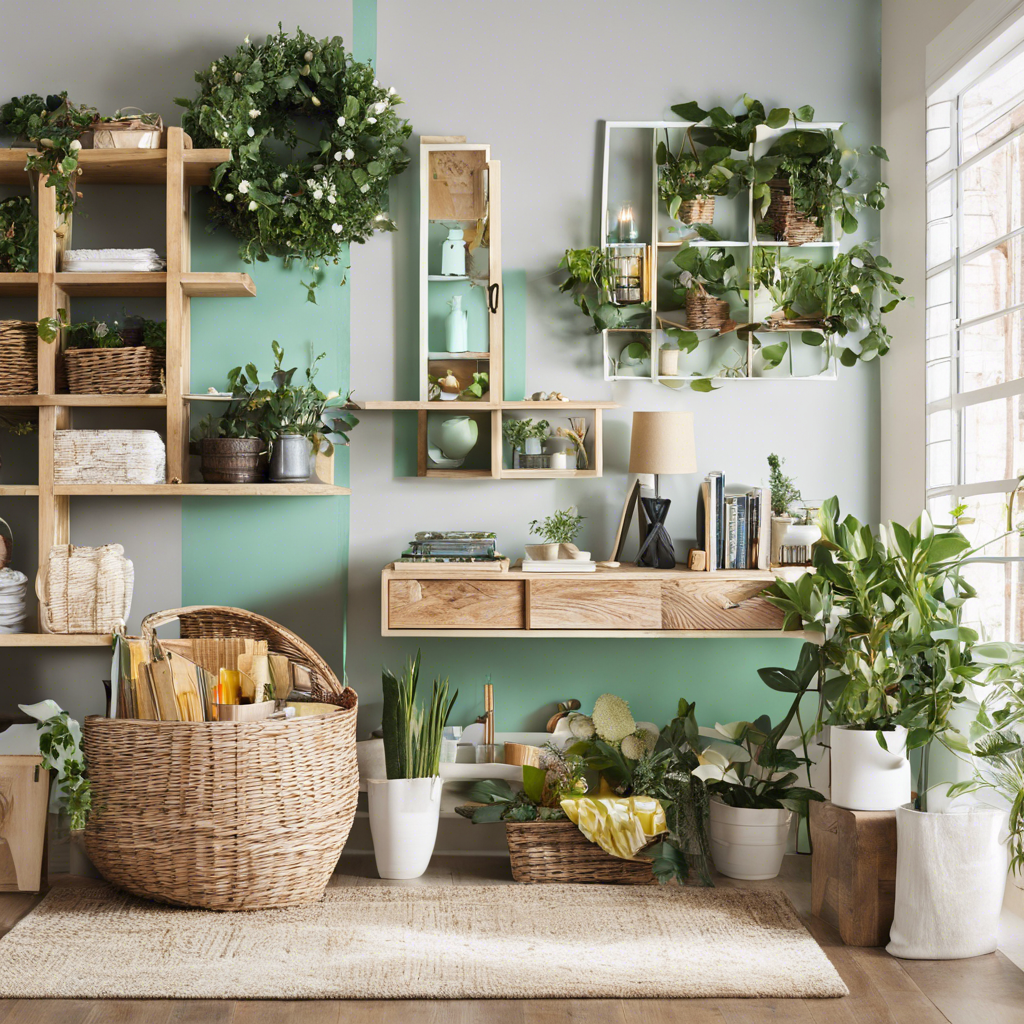Taking on a landscaping project can be a daunting task for beginners, but with the right tools, knowledge, and planning, you can transform your outdoor space into a beautiful and functional area that reflects your unique style. Whether you’re looking to increase your curb appeal, create a relaxing backyard retreat, or simply enhance your home’s exterior, here are some tips and ideas to get you started on your outdoor makeover.
Start by assessing your yard and defining your goals. Consider the overall size and shape of your space, the existing landscape, and any specific challenges or problem areas you want to address. Do you want to create a low-maintenance garden, add privacy, or increase your home’s resale value? Prioritizing your goals will help guide your design choices and ensure a cohesive and functional outdoor space.
Once you have a vision for your landscape, it’s time to get inspired and create a plan. Browse gardening websites, magazines, and blogs to gather ideas and identify the styles and elements that appeal to you. Create a mood board or a digital inspiration album to help clarify your design preferences and guide your plant and material selections.
Keep in mind that proper planning is key to a successful landscape design. Measure your space and create a scale drawing or use online garden design software to map out your yard. Experiment with different layouts and arrangements for garden beds, paths, and patios. Consider the sun and shade patterns throughout the day and choose plants that will thrive in those conditions.
For a cohesive look, incorporate repetition and variation in your plant choices. Repeat colors, textures, and forms to create a sense of unity, but also add variety to keep the design interesting. Group plants with similar water needs together to make irrigation easier. And don’t forget to think about the different seasons – include plants that flower or have colorful foliage at various times of the year for a landscape that evolves and delights all year round.
Hardscaping plays a crucial role in defining the structure and functionality of your outdoor space. Paths, patios, and retaining walls provide a solid framework for your garden and can be constructed using a variety of materials, from pavers and gravel to wood and boulders. When selecting materials, consider the style of your home and the overall aesthetic you want to achieve. For example, a rustic country garden might feature meandering gravel paths and natural stone accents, while a modern yard could showcase clean lines, geometric patterns, and sleek concrete or metal elements.
Incorporating water features, fire pits, and outdoor lighting can further enhance the ambiance and functionality of your landscape. These elements create focal points, add interest, and allow you to enjoy your outdoor space well after dark and during cooler months.
Finally, remember that landscaping is a long-term project that evolves over time. Don’t be afraid to start small and work in phases. You can always expand and refine your design as your budget and time allow. With careful planning, creativity, and a bit of elbow grease, you’ll be well on your way to achieving a beautiful and captivating outdoor space that you and your family can enjoy for years to come.
To make the most of your DIY landscaping journey, here are some additional tips to keep in mind:
– Soil health is critical to the success of your garden. Test your soil and amend it with compost or other organic matter to ensure your plants have the nutrients they need to thrive.
– Practice sustainable landscaping by choosing drought-tolerant plants, reducing lawn areas, and incorporating rainwater harvesting systems into your design.
– Consider the mature size of plants when designing beds and borders. Allow adequate space for plants to reach their full size without becoming overcrowded.
– Add vertical interest to your landscape with arbors, trellises, or pergolas. These structures can support climbing plants, provide shade, and define outdoor rooms.
– Incorporate containers and raised beds for flexibility in design and easy maintenance. They are also a great way to add instant color and interest to patios, decks, and entryways.
– Include a variety of plant types to attract beneficial insects and wildlife, such as bees, butterflies, and birds, fostering a healthy ecosystem in your yard.
– Don’t forget to add some comfort and style to your outdoor living spaces with weather-resistant furniture, cushions, and decorative accessories that reflect your unique personality.
With these tips in mind, you’re well-equipped to begin your outdoor makeover and create a stunning landscape that suits your needs, enhances your home, and brings you joy for years to come. Happy gardening!




